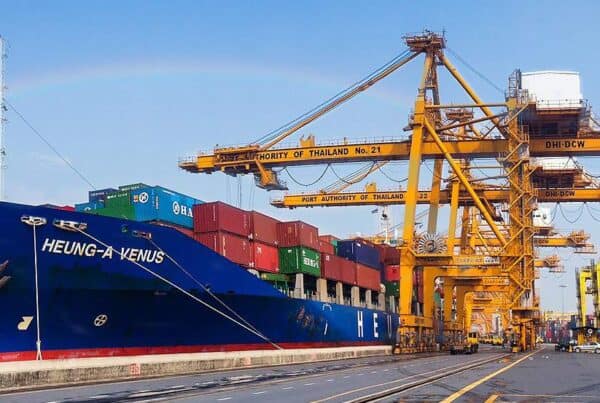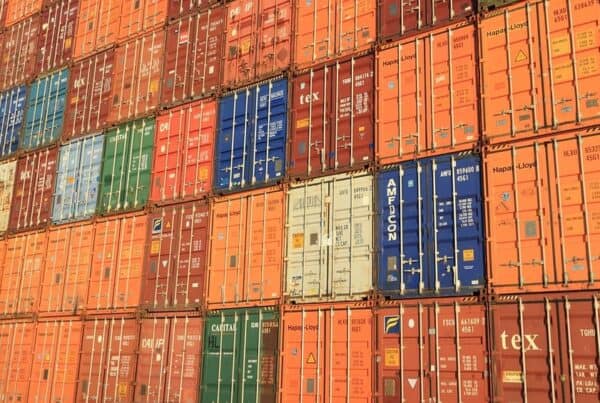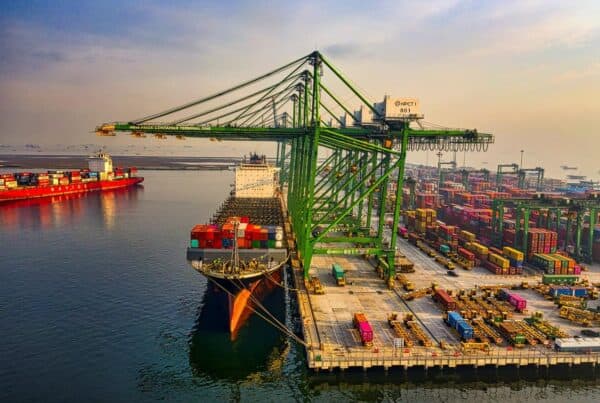When you’ve been working within the shipping and logistics world for a few years, it’s easy to take for granted an understanding of general shipping terminology. However, for those just getting started within the industry or even using a freight forwarder for the first time, navigating jargon can be an understandably difficult obstacle to overcome. For those in the latter situation, we’ve put together a quick guide to the differences between some of the key terms when it comes to the destination of your sea freight shipment, below.
Port
A port is likely to be the most common destination that your cargo will travel to when shipping and understandably so. Any location for ships to dock designed to cater for the loading and unloading of goods and passengers with an intention of revenue, this tends to be classed as a port. These are typically commercial versions of a harbour, which play a crucial role in the entire shipping industry. While some ports do specialise in particular materials or are designed entirely for passengers, they all serve a similar purpose in providing a place for ships to dock and load or unload their cargo.
While these are typically considered to be on the coastline of a country, there are countless ports situated along rivers e.g. The Mississippi River.
Harbour
A harbour is a more general term, designed to describe an area filled with water that has shelters or barriers. These are typically man-made, but natural harbours are also relatively common. These are typically surrounded by land and feature natural barriers of rocks. They provide ships with a safe place to anchor and are also utilised for the transfer of goods or passengers from the ship to shore, or vice versa. They have been utilised by tradesmen ever since humans began to trade between countries. Nowadays, they require a large amount of maintenance to ensure that the harbour remains usable and safe, including dredging, wall maintenance and more.
Terminal
A terminal is often considered a part of a port, particularly those of a larger scale. Terminals offer different places for ships to stop that may relate closely to either what they are carrying, the size of the ship, or even what they need once unloaded. A single port could have terminals for containers, roll-on-roll-off shipments, bulk cargo terminals and even oil & gas terminals.
Quay
A single terminal can have multiple quays, which serve as the area in which cargo can be loaded and unloaded directly. As a result, you’ll typically find open cargo storage, sheds and relevant staff and offices to streamline the process of loading, unloading, storing, logging and finally discharging any cargo that passes through the port.
Dock
While docks aren’t hugely different from ports and harbours, they are typically used for mooring ships for not only cargo and passenger exchange but also for repair. Drydocks, in particular, are often used to repair ships, as the water can be evacuated so that the underside can be accessed more easily. Docks can also feature a water level that never changes as they are often man-made, but can sometimes come with the downside that it may be necessary to wait for the tide before they can be accessed.
As your dedicated freight forwarder, we are on hand to guide you through any complex or confusing terminology but hopefully, this simple guide has given you a good starting point for understanding the terms listed here.
For more information, or to get your personalised quote, fill in our online form or get in touch with a member of our team, today.






